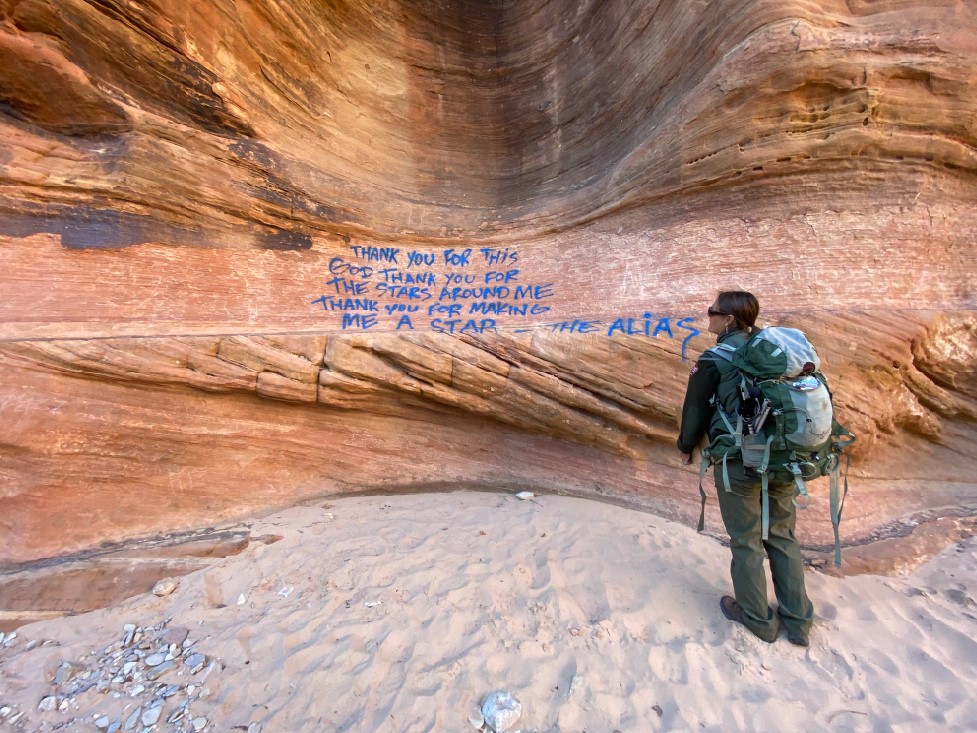
On a post from last Tuesday, officials at Zion National Park posted on Facebook photos of a string of recent vandalism that has taken place at the park. In the caption, Zion National Park cites a recent increase in acts of vandalism like these and asks for people to stop harming these national sights, some of which have been around for millions of years. Recent attacks on the park include spray painting, mud handprints, the carving of names into wooden fences, logs, and rocks, and additional damage to rocks in the park.
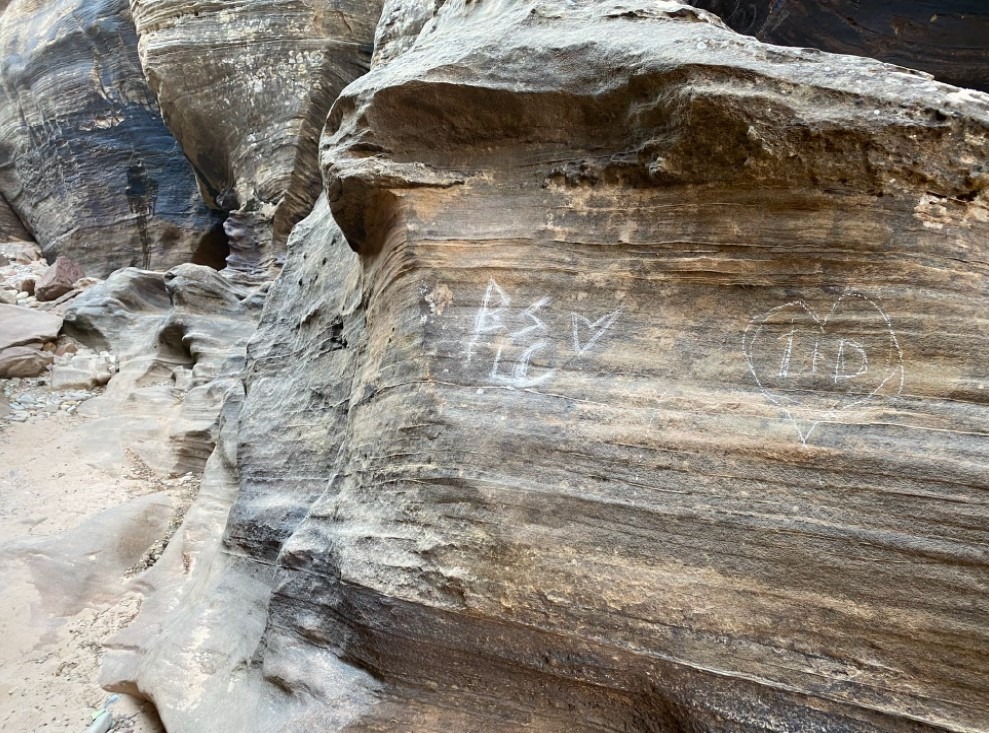
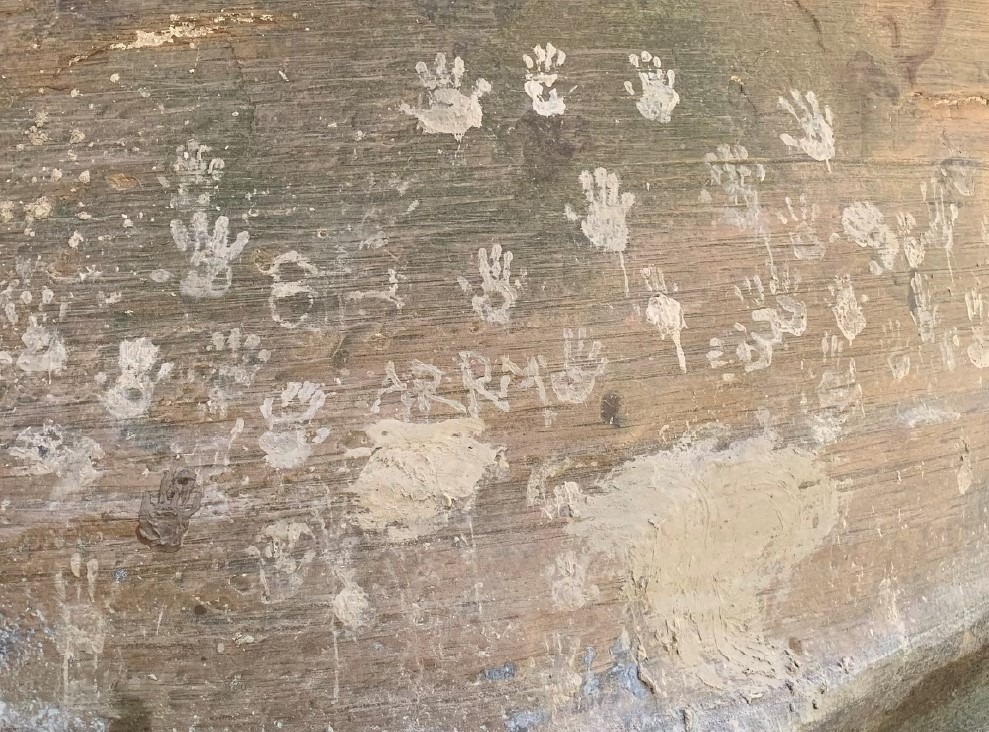
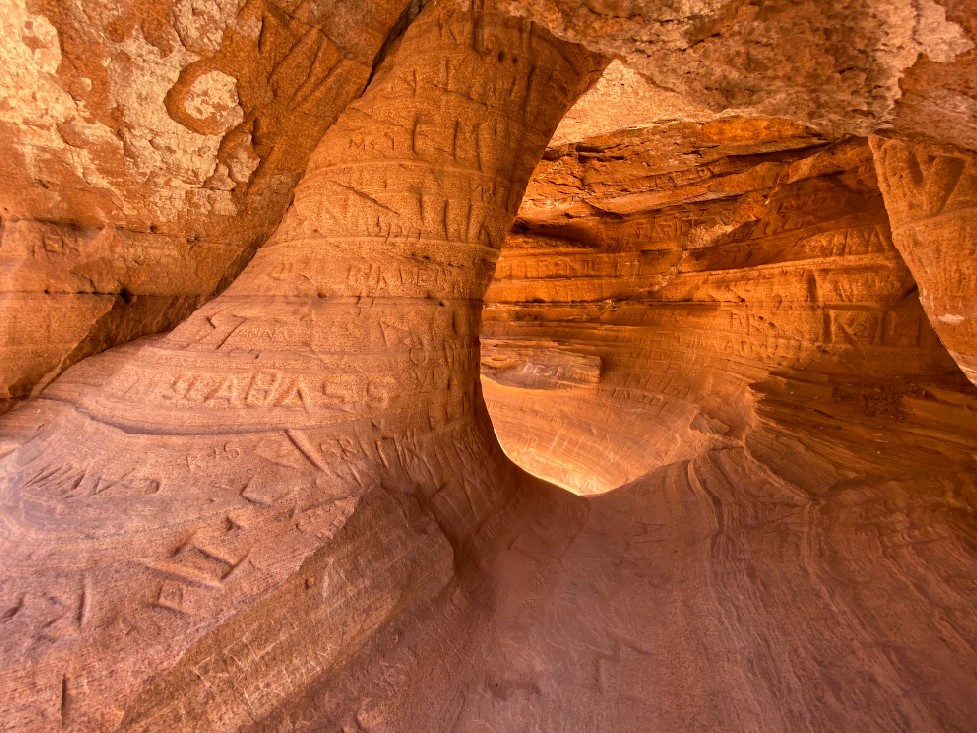
Zion is not the only National Park facing these problems. Since coronavirus started back in March 2020, multiple other national parks and recreation areas have reported similar issues. In April, Delaware Water Gap National Recreation Area in Pennsylvania cited an over 600% increase in vandalism and illegal dumping, with 13 cases reported in April 2020 compared to only two the year before. Also, in April, the City of Rocks National Reserve in Idaho reported multiple graffiti incidents on prehistoric pictographs and signatures. In September this year, graffiti along five miles of trail and illegal fires were reported in Acadia National Park. These examples are most likely the tip of the iceberg when it comes to incidents like these.
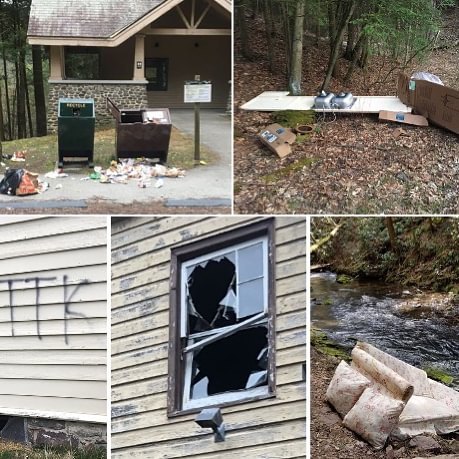
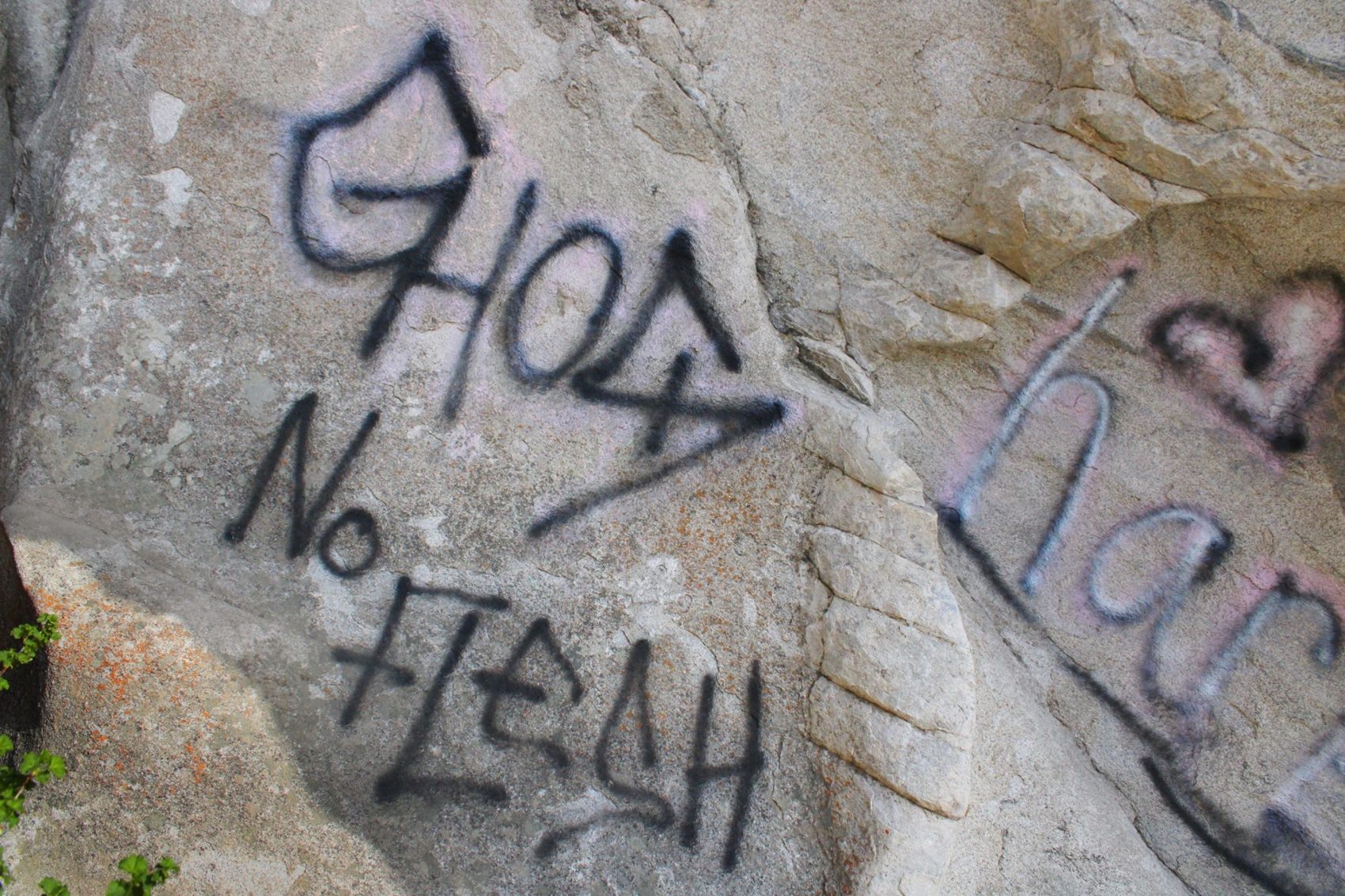
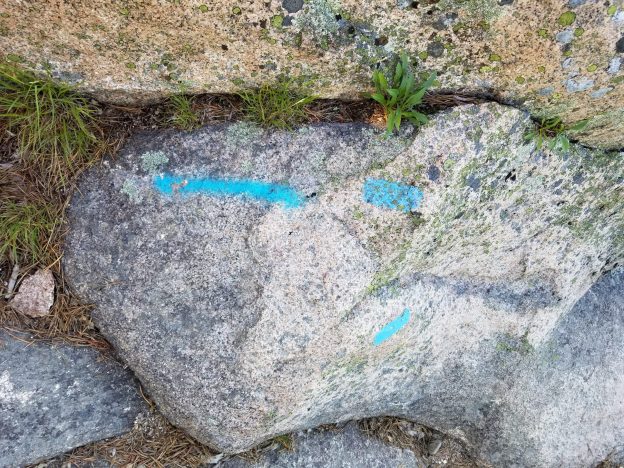
Consequences:
Thankfully, with modern technology and hard work by National Park Service workers, a lot of the damage can be fixed, although it can come at a high cost. Both the time it takes and the investment in methods of removal for graffiti and other vandalism cost a lot of money when those funds should be going to other conservation efforts in the park. In some cases, damage cannot be undone, like illegally started fires, or when names are carved into trees, such as in both Redwood and Sequoia National Parks.
Solutions:
If you go to any national park, unfortunately, the odds are you will find some form of vandalism, but the point to be especially concerned about is the increase in these activities recently. You can help by doing your part and making a pledge of stewardship on any National Park website before visiting. Park officials also always ask that if you may have any information about such acts of vandalism, to report them to their tip lines.
Regardless of where you are in nature, even outside of a national park, remember that the rule of thumb is to leave no trace. With that, we can all share and embrace what nature has to offer sustainably and respectfully.
Our future seems to be a world of people with no respect. No mater where you look there are those who blatantly refuse to follow even the simplest rules. My ancestors (parents – grandparents etc) taught me to respect others, protect their heritage, make the world better than when I found it. It is so sad to see our history and future being desecrated. We have visited and enjoyed over 150 places managed by the National Parks and are always so thankful for their work in preserving them for the future.
This is why we cannot have nice things…
I could never understand how someone can do this, how ignorant you have to be to do those things
This summer I worked as a Visitor Use Assistant at Colorado National Monument on the Colorado – Utah Border. Roving the trails was a joy, but each day the roves produced new graffiti, vandalism, stone towers, etc. The graffiti was unbelievable. 6-foot dragons, full names and hometown, fake Indian rock art, mud hand paints, huge arrows, poems, often written right on top of historic and prehistoric features. One day, I interrupted a man out hiking with his six boys. All the boys were under age 10. They had started carving initials in a well-known rock art site that was clearing marked with signage. I used opportunities to educate people, but it just got worse throughout the summer. Throwing gaint stones over the cliff edges, pushing over trees, trying to pet big horn sheep, illegal flying of drones. Some days I just cried looking at the damage. There has always been some element of this in the past, but this summer it was a mass descent on public places. Yes, one day there was the sentence “Thank you for this beautiful place.” I could not get out of my thoughts how someone can love a place yet deface and vandalize it.
We visited most of the nat’l parks in the 60’s and 70’s. There was no vandalism as they were sacred places to most people who visited. Don’t know why younger generations have a need to deface our beautiful parks.